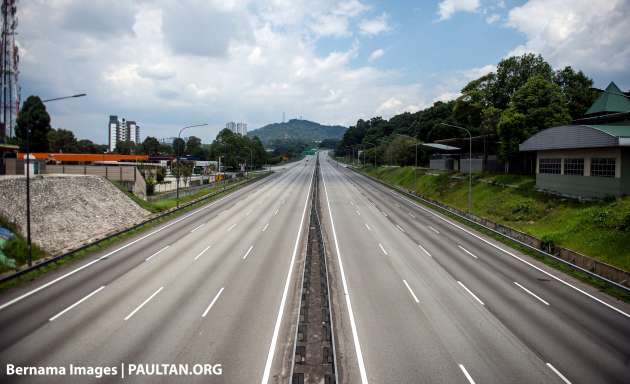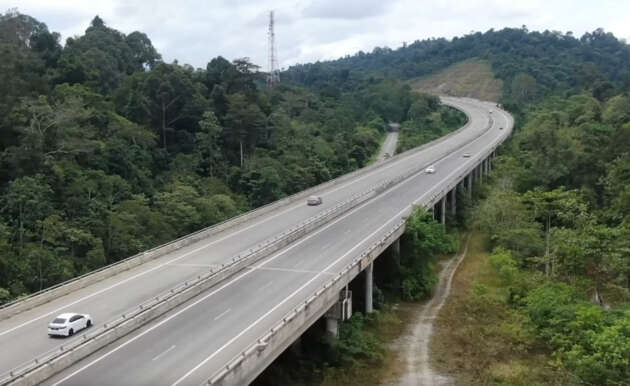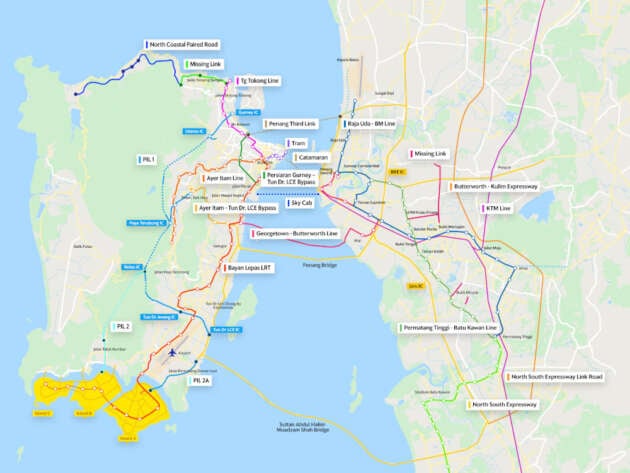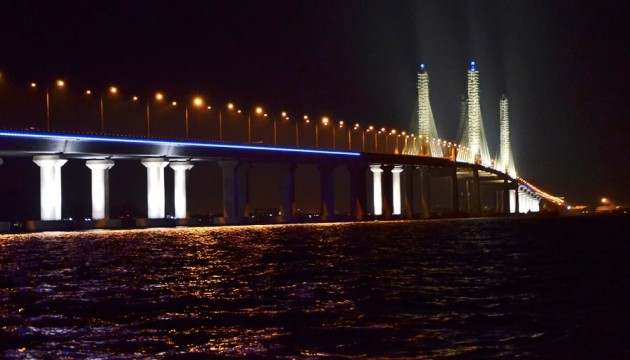
Launched in Thailand back in September, the Avatr brand has now launched in Singapore, its third right-hand-drive market after Hong Kong. As per those markets, the Changan subsidiary’s sole model is the Avatr 11, a stylish D-segment SUV “coupé” with software and components from Huawei.
This being Singapore, the car is of course not cheap. Prices start from a whopping S$278,999 (RM917,400) for even the base Standard Range model, rising up to S$303,999 (RM999,600) for the Long Range variant. These figures, which include the country’s COE that partly explains the exorbitant prices, is three times what the equivalent models cost in Thailand, and five times what the 11 retails at in China.
Both models are powered by the same rear motor producing 313 PS (230 kW) and 370 Nm of torque, getting the car from zero to 100 km/h in 6.6 seconds (6.9 seconds for the Long Range, presumably because of the increased weight) on its way to a top speed of 200 km/h.

Where the two cars differ is in the nickel manganese cobalt (NMC) battery sizes – a 90.38 kWh unit in the Standard Range model with a range of 475 km on the WLTP cycle, and a massive 116.79 kWh pack that enables the Long Range version to travel up to 600 km on a single charge.
More impressive, especially for a Chinese EV, are the charging speeds. Thanks to a 750-volt electrical architecture, the 11 can support up to 240 kW of DC fast charging, so topping up the battery from 30 to 80% charge takes just 15 minutes for the Standard Range model and 25 minutes for the Long Range. Unfortunately, AC charging only goes up to 11 kW, although that’s still higher than most other Chinese rivals. A full charge on AC takes 10.5 hours for the Standard Range and a yawning 13.5 hours for the Long Range.
Where the 11 truly stands out is in its design. The car certainly looks different from other SUVs, being more sports car-like with its low-slung roofline, a recessed vertical rear windscreen that creates dramatic-looking twin buttresses, and separate rear boot. Highlights include dramatic C-shaped headlights, an upswept window line, full-width taillights and an active rear spoiler.

The doors are also noteworthy – they come with a soft-close function as standard, but the Long Range goes one further with powered doors that open and close automatically. Further differentiating the two variants are the alloy wheels – 21-inch two-tone units on the Standard Range, 22-inch multi-spoke rollers on the Long Range, the latter hiding yellow Brembo brake callipers.
Inside, the 11 is just as showy as the exterior, with a flowing dashboard design that juts outwards in the centre and four bucket-like seats upholstered in Nappa leather – with either a chevron or quilted pattern. You also get a panoramic glass roof and power-adjustable front seats with memory, ventilation and a one-touch lie-flat function that even includes powered ottomans. Despite the outlandish styling, you still get a 490 litre boot and a 49 litre front boot.
The highlight, however, is most definitely tech. The 11 comes with no less than three displays – a 10.25-inch instrument display, a 15.6-inch infotainment touchscreen and a second 10.25-inch touchscreen for the front passenger. One thing of note is that Singapore does not get Huawei’s Harmony OS that is offered in China.
This also includes the voice control, which is visually represented through the illuminated “vortex” behind the centre screen. The 11 enables passengers in each of the four outer seats to talk to the car. You also get a 25-speaker Meridian sound system as standard.
Safety-wise, the 11 comes chock-full of driver assists, which is unsurprising given that Huawei has also provided a full stack of semi-autonomous driving technologies. These include autonomous emergency braking, adaptive cruise control with stop and go, lane centring assist, lane change assist, blind spot monitoring, rear cross traffic alert with auto brake and rear collision warning. However, Singapore misses out on the lidar sensors available in China, which enable even greater autonomy.
With the Avatr 11 already in neighbouring countries, could Malaysia be next? The possibility went up after Changan began assembling the car in Thailand in May, and while no distributor has been appointed just yet, it stands to reason that Bermaz could pick up the brand relatively easily, given that it already represents Changan’s other premium brand Deepal here. However, this car would butt up against the discontinuation of tax incentives for CBU fully-imported EVs at the end of the year, with no extension in sight.
GALLERY: Avatr 11 at BIMS 2024

































































































































































